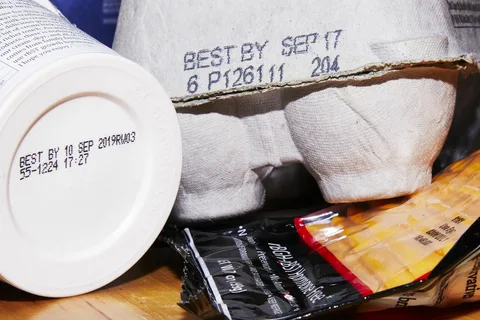Ever found yourself scrutinizing the expiration date on your food, debating whether it’s safe to consume that slightly overdue carton of milk or package of chicken ? It’s time to demystify those dates. According to the United States Department of Agriculture (USDA), expiration dates are more guidelines for quality rather than hard-and-fast safety deadlines.
Understanding Food Date Labels
Food packages often display terms like “Best if Used By,” “Use By,” and “Sell By,” leading to confusion and unnecessary food waste. These labels primarily indicate the period during which the food is expected to be at its optimal quality and flavor, rather than the point after which it becomes unsafe. Here’s a quick breakdown:
Best if Used By: Suggests when the product will be at its best flavor and quality.
Use By: The manufacturer’s estimate of the last date for peak quality.
Sell By: A guide for retailers on how long to display the product, not a safety date.
Tackling Food Waste
A startling 30% of food in America is wasted annually, partly due to misunderstandings about expiration dates. By discarding food based on these dates alone, we’re not just straining our budgets; we’re also exacerbating environmental problems.
Shelf Life Beyond Expiration Dates
Eggs: Can remain safe up to three to five weeks post-purchase. A simple water test can check their freshness.
Chicken and Meat: Safe for a day or two beyond the “Sell By” date if refrigerated, and longer if frozen.
Milk: Often stays fresh about a week past the “Best if Used By” date, provided it smells and looks normal.
Please Head On keep on Reading (>)






Leave a Comment